Share the post "Texas Compared to Europe (Size, Money, Food)"
The fascinating thing about the human race is how vastly different we are from one another. Texas compared to Europe, for example; although seemingly similar places, they’re both unique.
Texas is the second-largest state in the United States. At 268,597 square miles, Texas has about 171,902,808 acres of land. Compared to states like California and Montana, Texas is huge. But Texas might not seem as big compared to an entire continent like Europe.
Alaska is the biggest state in the union. In fact, at 665,384 square miles, you could fit Texas into Alaska twice. That should give you an idea of how big Alaska is.
It would help if you also knew how big Texas is. Texas is over one and a half times bigger than California, the third-largest state. And it’s nearly two times bigger than Montana, the fourth-largest state.
In this guide, we took it upon ourselves to search in what ways Texas and Europe are similar but also different. Europe may be more significant, but it’s less culturally diverse or warm than Texas. The Southern state is also more hospitable, with many people immigrating to live there—just like Europe!
Key Points:
- Texas is the second-largest state in the United States, but it could fit into Europe multiple times.
- Ten European countries could fit inside Texas.
- Texas is larger than many European countries, including Germany and France.
- Texas has a diverse economy, with major sectors including energy, technology, healthcare, agriculture, and manufacturing.
- Europe has diverse economies, with significant sectors including manufacturing, finance, technology, tourism, and agriculture.
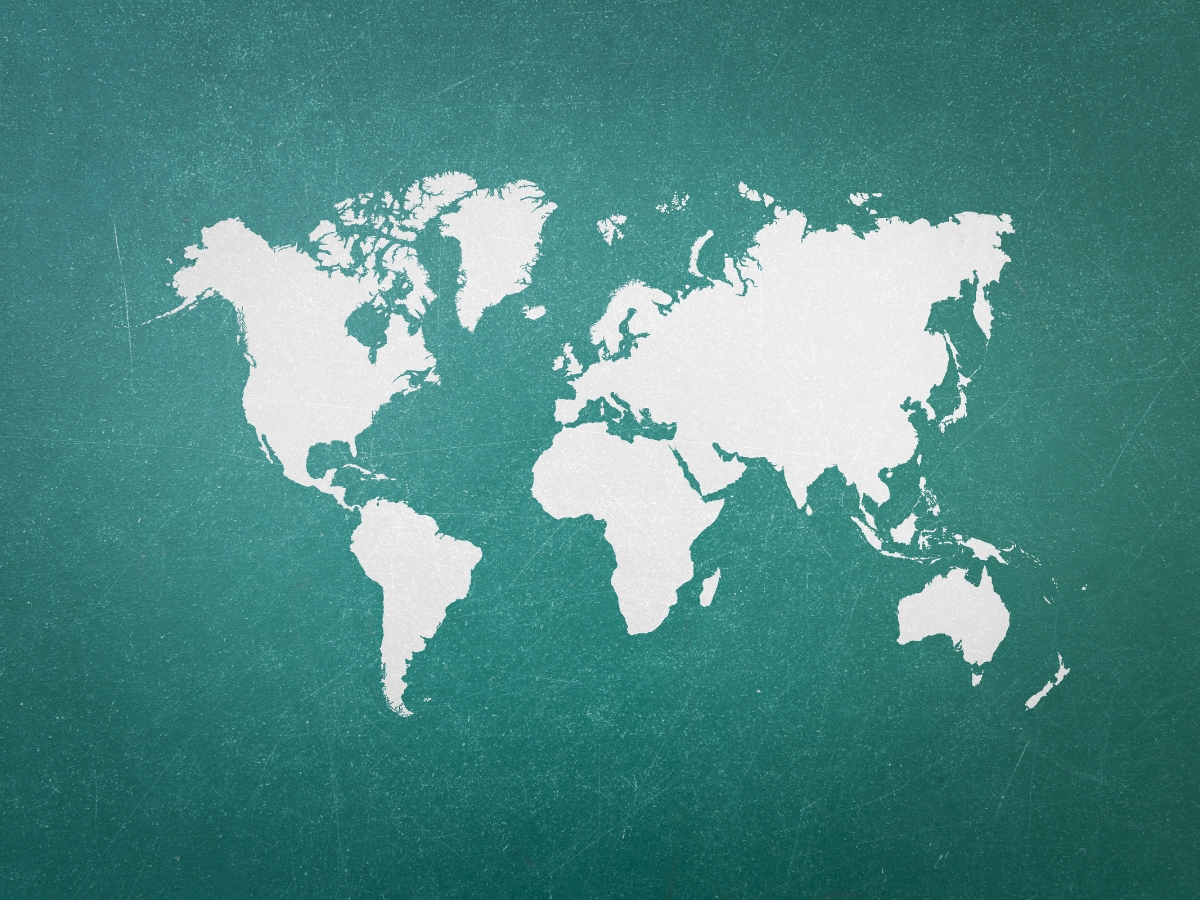
How Big Is Texas Compared to Europe?
Compared to Europe, Texas is not that big. Europe is over four million square miles so you could fit Texas into Europe multiple times.
Just because Texas is more diminutive than Europe doesn’t mean Texas is suddenly tiny. Texas is quite a large state. Even compared to the continent of Europe, Texas is still relatively large. Ten European countries could fit inside Texas.
Texas is more significant than many countries in Europe, including:
- England
- Czech Republic
- Belgium
- Ireland
- The Netherlands
- Slovakia
- Hungary
- Austria
While impressive, none of these countries are enormous. However, Texas is even more significant than France, Sweden, and Germany. These are some of the larger countries in Europe.
How Big Is Texas?
Texas is significant, especially compared to countries in Europe. Here are some statistics about Texas to give us an idea of just how large it is:
- On its own, Texas would be the 40th largest country in the world
- The largest ranch in Texas is more prominent than Rhode Island
- Ten European countries could fit in Texas
- Driving north to south across Texas could take 12-14 hours
- Going east to west across Texas could take 14 hours
- Texas takes up over 7% of the United States land mass
- On its own, Texas would have the 13th-highest GDP in the world
There’s much more to Texas than how big it is, but one of the critical facets of Texas is its size. That’s why comparing Texas to other countries worldwide is so impressive.
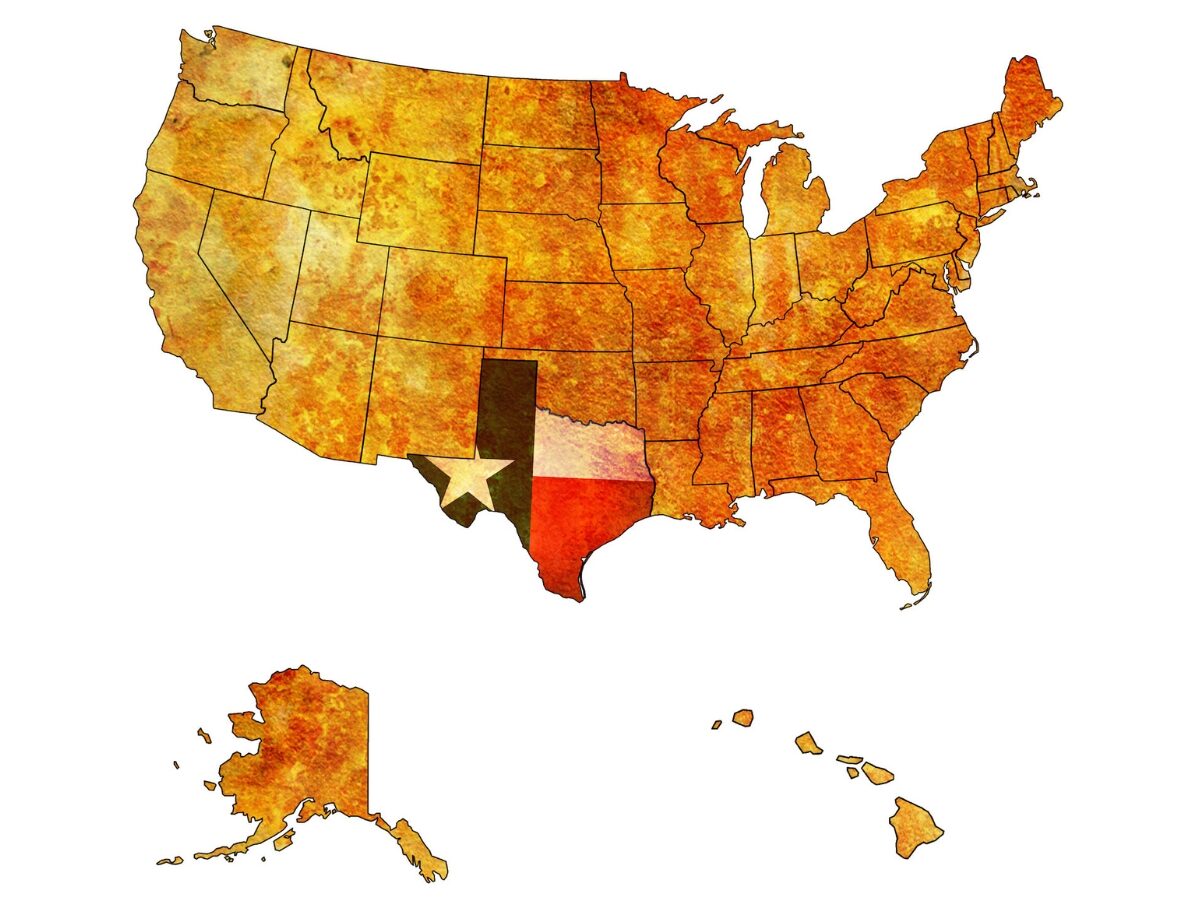
How Many European Countries Could Fit in Texas?
At 268,597 square miles, Texas occupies a large amount of land mass. You could easily fit ten European countries within the borders of Texas if you had to.
It would be more difficult if you wanted to fit some of the larger European countries into Texas. You could almost fit Germany into Texas twice.
Size
While comparing one American state to an entire continent may seem odd, this comparison is not entirely unheard of, considering how large Texas is.
We go into how big Texas is compared to Europe below, so first, let’s go through the main points of our comparison:
- How large each body of land compares to the other.
- What the weather is like all year round in both regions.
- The cultural differences between the state and the continent.
European Countries Are Nowhere as Big as Texas
We’ve mentioned how big Texas is, but did you know that if Texas were a country on its own, it would be number 40 on the list of biggest countries in the world? That would make it bigger than every European country, including Ukraine!
Why Ukraine, in particular, you may ask? Well, The Borderlands (an approximate translation of the word Ukraine) is the largest country in Europe, covering over 603.5 ㎢ of the continent. In terms of size, Ukraine is followed by France, then Sweden—all of which Texas is bigger than.
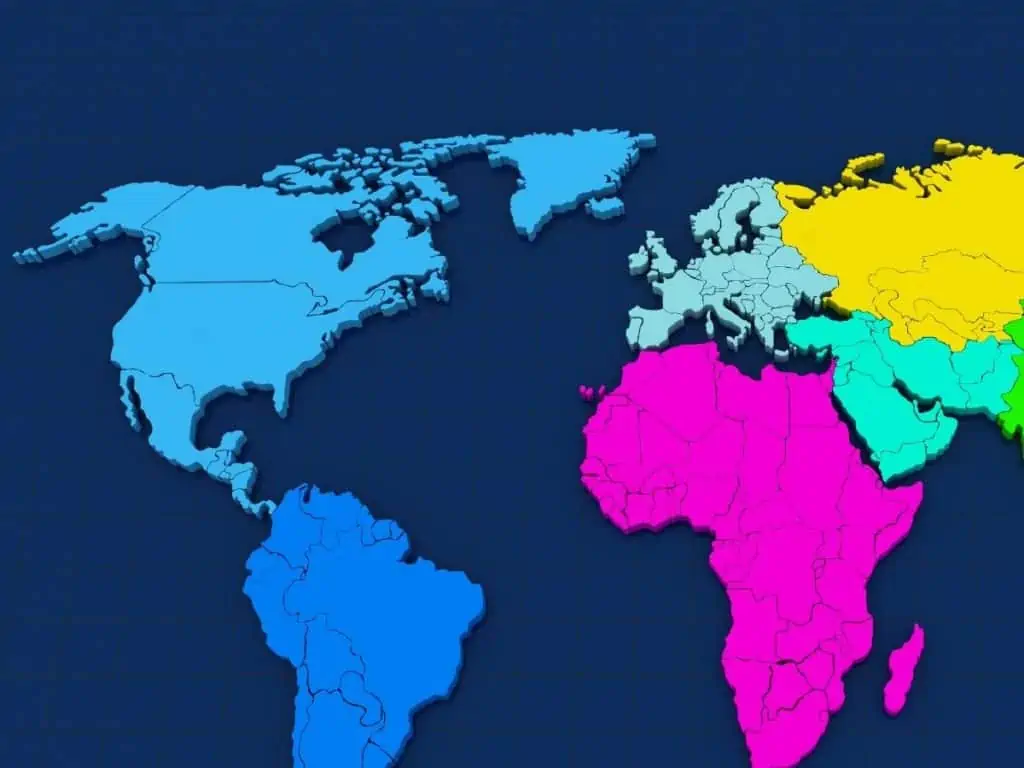
What’s the Biggest Country in Europe?
The biggest country in Europe is Ukraine. At 233,032 square miles, Ukraine surpasses all other countries in Europe. It isn’t much bigger than the following biggest country, France.
The six biggest countries in Europe, not including Russia, are all smaller than Texas:
- Ukraine – 233,032 square miles
- France – 210,016 square miles
- Spain – 195,365 square miles
- Sweden – 204,035 square miles
- Norway – 148,729 square miles
- Germany – 138,729 square miles
Texas is more extensive than all of the top five countries in Europe. Although Texas is smaller than the entire land mass of the European continent, it’s significantly larger than each European country.

Texas Compared to Europe
Because Texas is huge, its land is full of famous landmarks and can never be fully explored in one trip—just like Europe!
To give you a quick idea, here’s a table showing some of the few popular elements that Europe and Texas are known for:
| General Elements | Texas | Europe |
| Food staple | Texan BBQ | Chicken Pasta |
| Important religious sites | First Methodist Church, Houston | St. Peter’s Basilica, the largest church in the world |
| Smallest town | Fernando Salinas, Starr County | Hum, Croatia (the smallest town in the world as well) |
| Native food inventions | Queso, Dr. Pepper, and Blue Bell ice cream | Cereal, waffles, and pizza |
Beautiful Winters
Winters in Texas are less difficult than in Europe as temperatures rarely drop below -4℃ (24℉). Not only that, but the winter months in Texas are short, and snow doesn’t often appear—unlike Europe, which sees moderate to heavy snowfall during the cold months.
Texas is ranked the fourth-warmest state in America and, in turn, the second-most moved-into state after Florida.
Multicultural Variety
Only ten languages are spoken in Texas—with English and Spanish being the most dominant. Europe is home to more than 200 languages, with only 24 being official.
Generally speaking, though, the best outcome of both regions being this diverse is arguably the multitude of cuisines. The Gusti di Frontiera, for example, is the biggest food festival in the world, taking place in Italy, Europe.
Wonderful Touristic Sites
Europe is full of beautiful landscapes and a plethora of ancient as well as modern landmarks. Germany alone has the most castles on Earth (over 25,000!). La Sagrada Familia in Barcelona is a breathtaking heritage site that took 138 years to finish.
Texas, on the other hand, is where the JFK assassination took place. NASA’s space center is in Houston, where you can also visit the Houston Museum of Natural Science.
Weather
It’s common knowledge that Texas weather is primarily hot and arid. Because the state is mostly composed of vast deserts and big ranches extending over 3338 ㎢ (1289 ㎡), the summers in Texas can be pretty humid.
On the other hand, European summers differ from region to region. Despite that, the continent is known for its temperate climate and overcast skies most of the year. Countries in Western Europe enjoy Oceanic weather because of the Mediterranean’s influence.
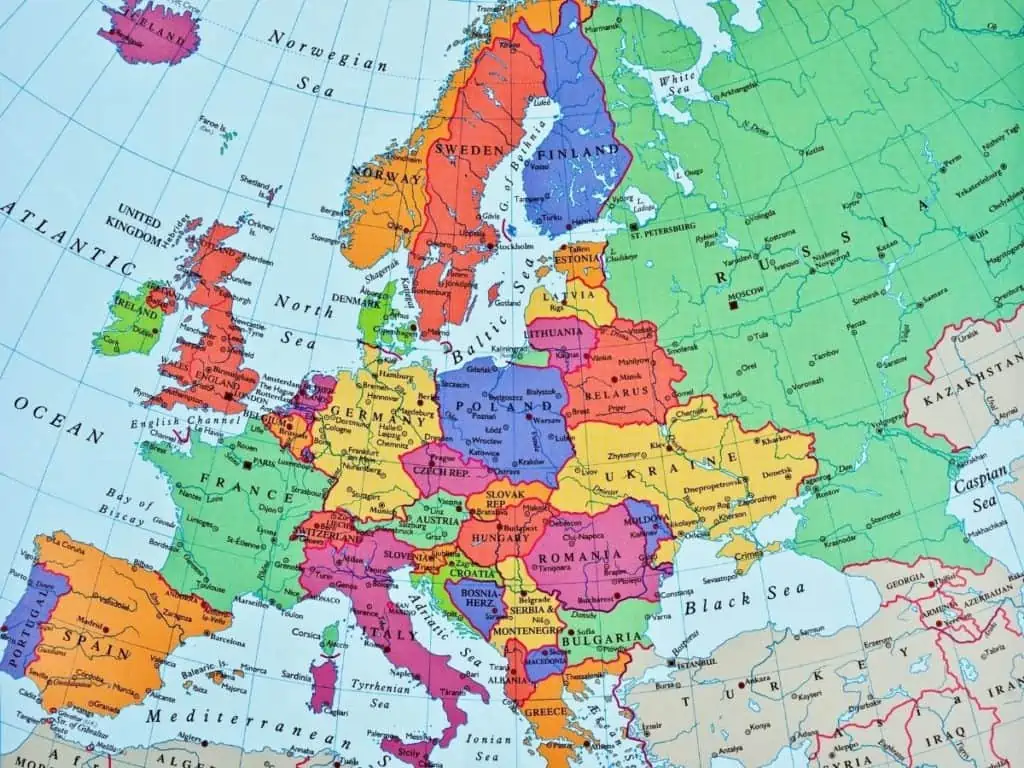
Texas Facts Compared to Europe
This section goes through other interesting facts you need to know about Texas and Europe. Some of these include:
- Texas is one of the healthiest US states economically.
- Europe is known for its agricultural and industrial diversity.
- 9% of Texas’ gross domestic product comes from oil production.
- Arctic fox and polar bears can only be found in Europe.
Texas Is Bigger Than Europe
Well, not exactly. Texas is around 695.6 ㎢ in size, making it at least 12% bigger than Ukraine and 23% larger than France. In fact, not only will the entire population of Europe fit in Texas, but the world too! That’s how big this diverse state is.
Texas and Europe Are Sought-After Immigration Spots
As it stands, Texas has around 28.6 million people living there, with more and more Americans settling in every year (roughly 3,800 people per year). 2.7 million immigrants annually arrive at the European shores, half from Europe.
Texas and Europe Can Be Equally Diverse
Europe is a diverse continent by default. The region comprises more than 40 countries, making it rich in culture and heritage. Houston was ranked first in the top ten diverse cities since it recorded a diversity score of 71.8.
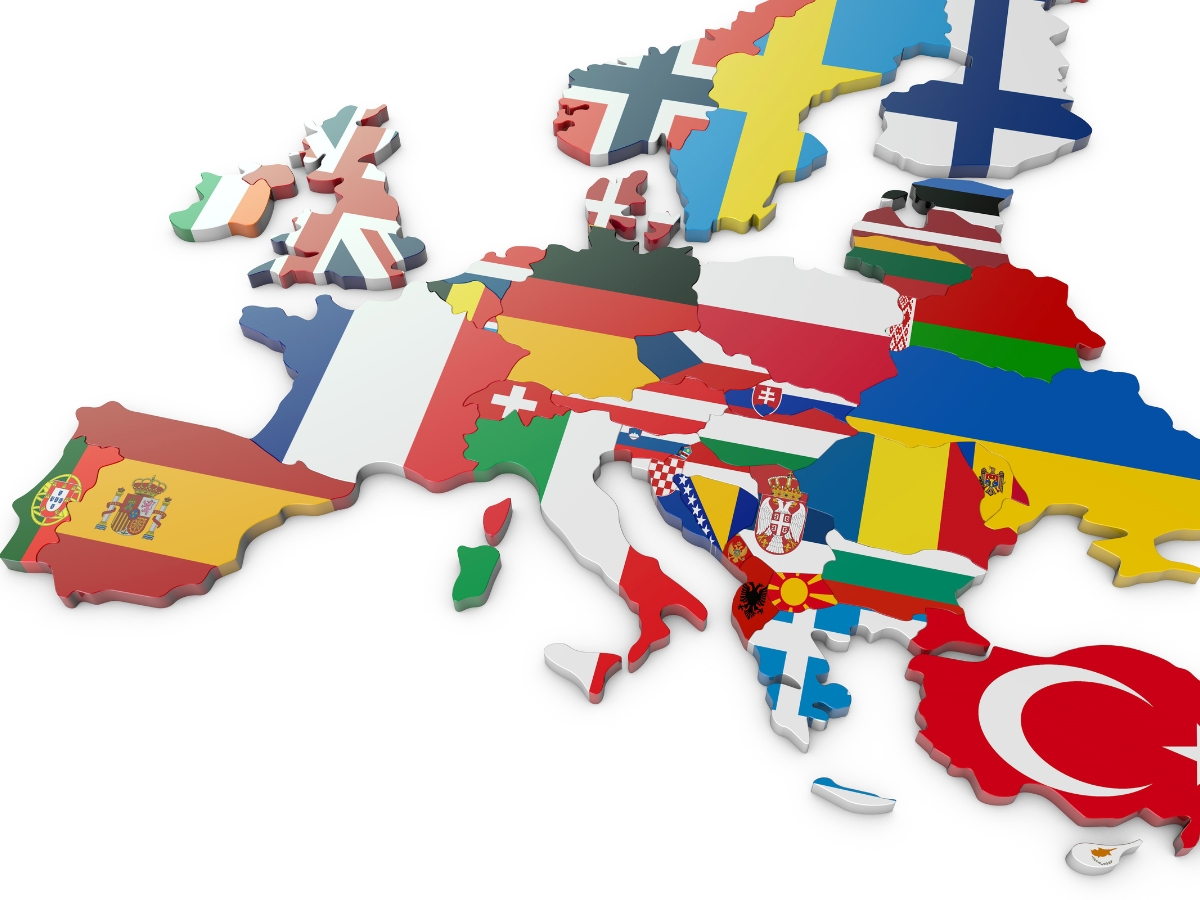
Economy: Comparing the economic systems and industries of Texas and Europe
A comparison between Texas and Europe’s economic systems and industries offers a compelling study of scale, diversification, and regional influence. Below are some key points of comparison:
Gross Domestic Product (GDP):
- Texas: According to data, the GDP of Texas was approximately $1.9 trillion, making it the second-largest economy in the United States after California. If Texas were a country, its economy would rank among the top 10 globally.
- Europe: The GDP of the European Union was around $18.8 trillion. Europe has a diverse range of economies, from powerhouse nations like Germany and France to smaller economies like those of Baltic states.
Major Sectors:
- Texas:
- Energy: Oil and natural gas are significant contributors. Texas is the leading oil producer in the U.S., thanks to reserves like the Permian Basin.
- Technology: The state has recently seen an influx of tech companies and startups, particularly in cities like Austin.
- Healthcare and Biotechnology: Texas has a growing healthcare sector with major research facilities.
- Agriculture: Texas leads in cattle, poultry, and hay production.
- Manufacturing: The state is a significant electronics, machinery, and food manufacturer.
- Europe:
- Manufacturing: Germany is known for its automotive and machinery sectors.
- Finance: London is a global financial hub, and Switzerland is known for banking.
- Technology: Tech sectors are growing in cities like Berlin, Stockholm, and Dublin.
- Tourism: Countries like France, Italy, and Spain are popular tourist destinations.
- Agriculture: The European Union is one of the world’s largest producers of agricultural products, including grains, meats, and dairy.
Trade Relationships:
- Texas:
- Mexico and Canada: Texas has strong trade ties with its neighbors due to its geographical location.
- China: Significant amounts of technology and machinery exports.
- European Union: Chemicals, machinery, and transportation equipment are some of the key exports to the EU.
- Europe:
- United States: One of the largest trading partners, with trade in automobiles, machinery, and pharmaceuticals.
- China: Increasingly significant trade ties, especially in technology and consumer goods.
- Other European Countries: Intra-European trade is facilitated by the absence of tariffs and trade barriers thanks to the EU.
In summary, while Europe has a more diverse set of leading industries due to the inclusion of multiple countries, Texas boasts impressive scale and growth in key sectors like energy and technology. Both are globally significant in trade, though Europe has a broader set of primary trading partners due to its size and diversity.
Comparison Table
here is a comparison table outlining the key characteristics of Texas and Europe across various categories:
| Category | Texas | Europe |
|---|---|---|
| Economy | – GDP around $1.9 trillion – Major sectors include energy, technology, healthcare, agriculture, and manufacturing | – GDP around $18.8 trillion – Diverse economies, major sectors include manufacturing, finance, technology, tourism, agriculture |
| Education | – Kindergarten to Grade 12 – Standardized testing (STAAR) – Local governance | – Varies by country – Less emphasis on standardized testing – National or sub-national governance |
| Healthcare | – Primarily private, some public services – Health insurance is common – High healthcare costs | – Varies by country, generally universal healthcare – Publicly funded, some private options – Generally lower healthcare costs |
| Politics | – Federal system, part of the U.S. – Two major parties: Republicans and Democrats – Generally conservative | – Mix of political systems, EU and individual countries – Multiple parties, broader political spectrum – Varies from liberal to conservative |
| Transportation | – Car-centric culture – Limited public transit – Major airports in Dallas, Houston, Austin | – Well-developed public transit – High-speed trains, extensive metro systems – Major airports in London, Frankfurt, Paris |
| Environment | – High carbon footprint – Natural resources like oil and gas – Initiatives for renewable energy | – Strong focus on sustainability – Varied geography, more conservation areas – Commitment to renewable energy |
| Culture | – Southern and Western U.S. influences – Diverse population, Hispanic influence – BBQ, country music | – Rich cultural history, varied by country – Influence of many languages and religions – Diverse cuisines, classical music |
| Sport | – American Football, basketball – Major leagues like NFL, NBA – College sports | – Soccer, cycling, rugby – UEFA Champions League, Tour de France – National leagues and clubs |
| History | – Part of Spanish and Mexican territories – Joined the U.S. in 1845 – Significant role in Civil War and oil boom | – Ancient civilizations, medieval kingdoms – World Wars, Renaissance – Formation and expansion of the EU |
This table is intended to offer a high-level overview and may simplify certain complexities inherent to each region. Nonetheless, it captures the distinct attributes and challenges that characterize Texas and Europe across various sectors.
Europe and Texas FAQ
Compared to the continent of Europe, Texas is a moderately sized country. It’s not crazy to say that Texas is a decent size compared to Europe. After all, about ten European countries could fit within the entire state.
People ask some common questions when thinking about how big Texas is compared to Europe.
Is Germany As Big As Texas?
Germany is smaller than Texas. Germany is about 138,729 square miles, compared to the 268,597 square miles of Texas. Germany could almost fit into Texas two times.
The biggest city in Germany is Berlin. It’s about 344,000 square miles with just under four million population. Houston’s most significant town in Texas is about twice as large as Berlin. The population, however, is just over two million.
Although the land mass of Texas is significantly larger than that of Germany, the population of Germany is much larger.
Is England As Big As Texas?
No, England is not as big as Texas. England is one of the smaller countries in Europe, coming in at only 50,301 square miles.
Despite having a much smaller land mass than Texas, England has a larger population. With about 67 million residents, England is almost twice as big population-wise as Texas.
How Many States Can Fit Inside Texas?
The number of American states that can fit inside Texas depends entirely on which states you pick. If you go with the smallest states in the North American continent, you can hold about 15 states inside Texas.
What Country Is the Same Size As Texas?
There might not be a country that’s the same size as Texas. However, France is close. At 248,573 square miles, France is only about 20,000 square miles smaller than Texas.
Is Europe Able to Fit in Texas?
Almost, but not entirely possible, unfortunately. The Western regions of Europe can mostly fit into Texas, especially mid-sized countries, including the Czech Republic and Amsterdam. Bigger countries like France and Ukraine would fit separately, with some room to spare.
What Is the Texas of Europe?
As Texas is best known for its hospitable people, delicious food, and overwhelming love for sports, Italy would be the closest European country that shares those same qualities with Texas.
A close second would be Spain. Since Texas was once colonized by the latter, it stands to reason that they share a few cultural similarities.
References
- https://weatherspark.com/y/6225/Average-Weather-in-Winters-Texas-United-States-Year-Round
- https://www.trafalgar.com/real-word/21-facts-europe-never-knew/
- https://worldpopulationreview.com/country-rankings/largest-countries-in-europe
Share the post "Texas Compared to Europe (Size, Money, Food)"
Christian Linden is a seasoned writer and contributor at Texas View, specializing in topics that resonate with the Texan community. With over a decade of experience in journalism, Christian brings a wealth of knowledge in local politics, culture, and lifestyle. He holds a Bachelor's degree in Communications from the University of Texas. When he's not writing, Christian enjoys spending weekends traveling across Texas with his family, exploring everything from bustling cities to serene landscapes.











